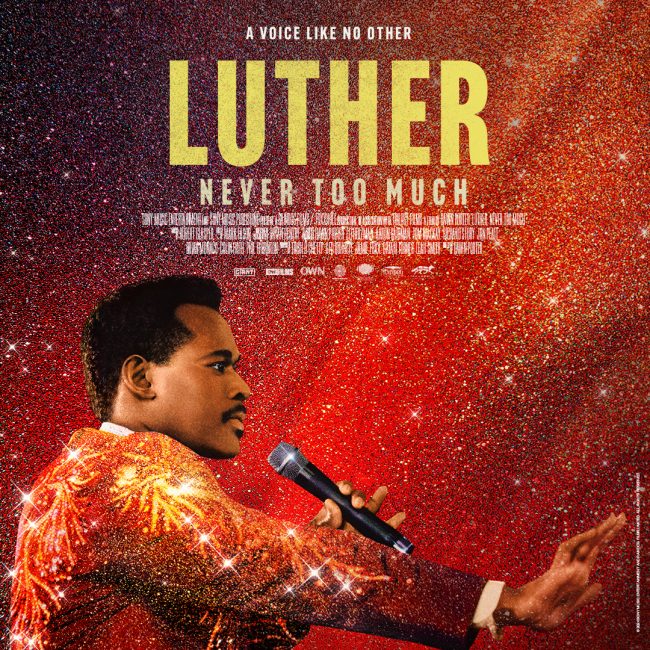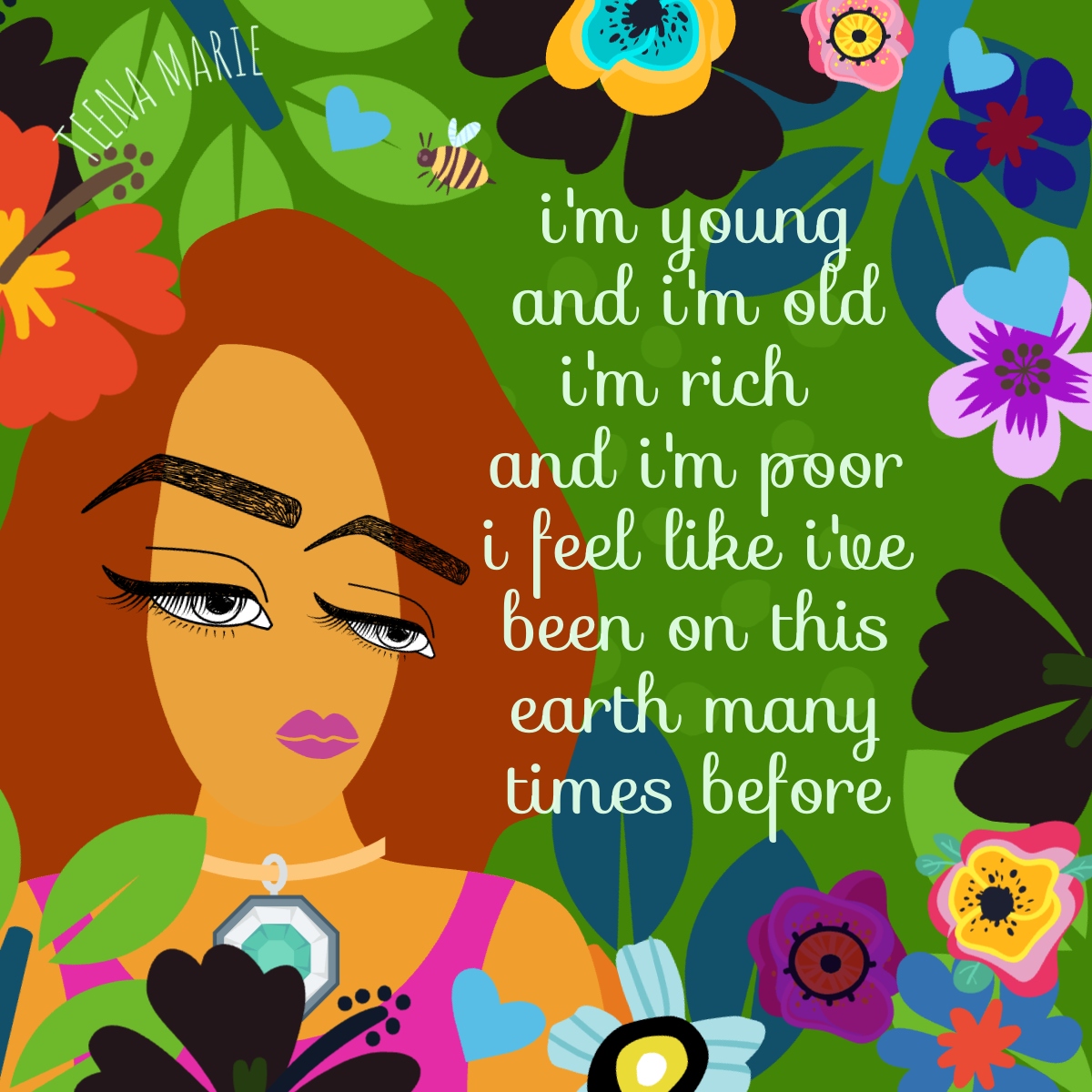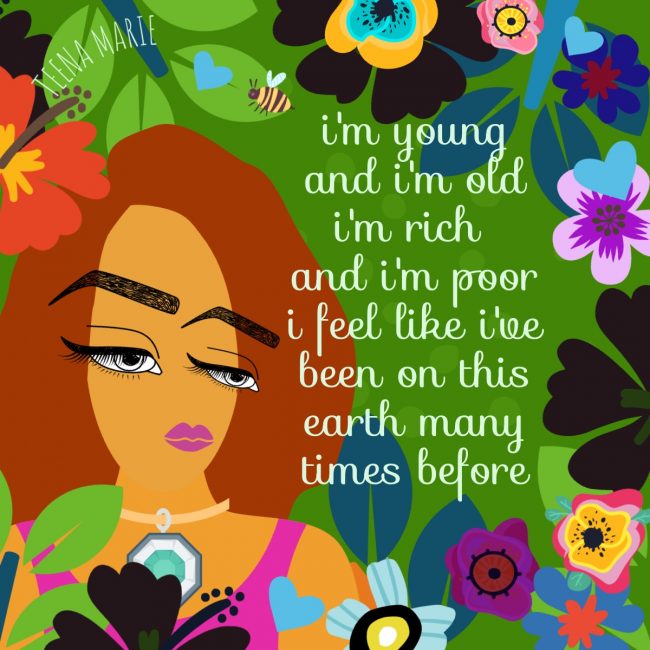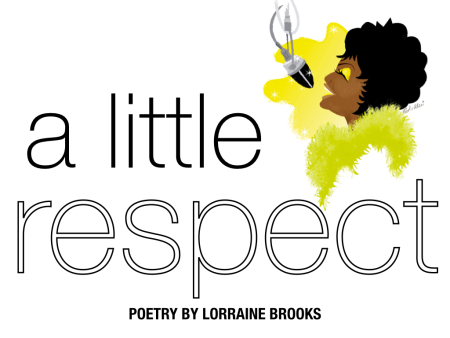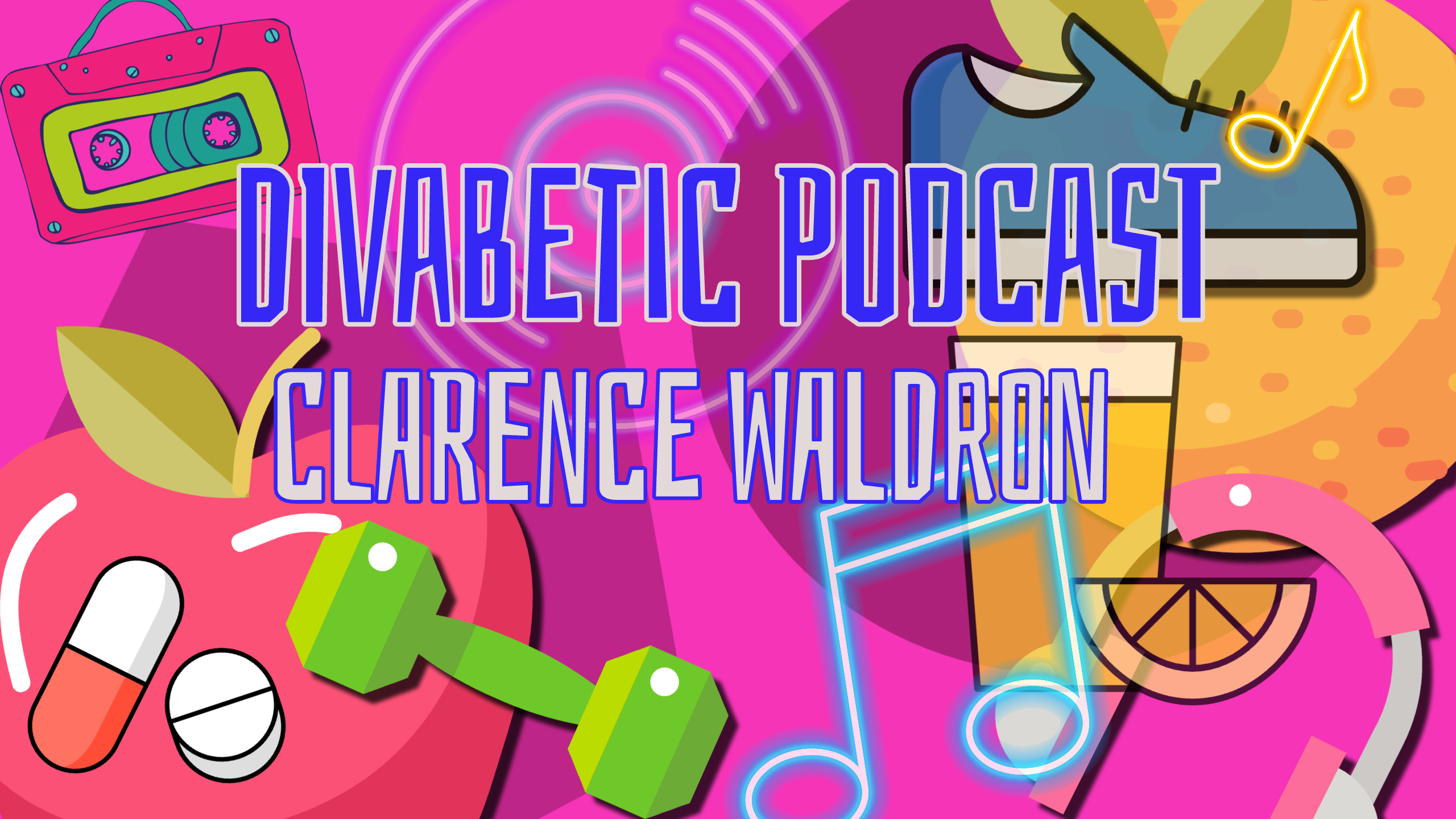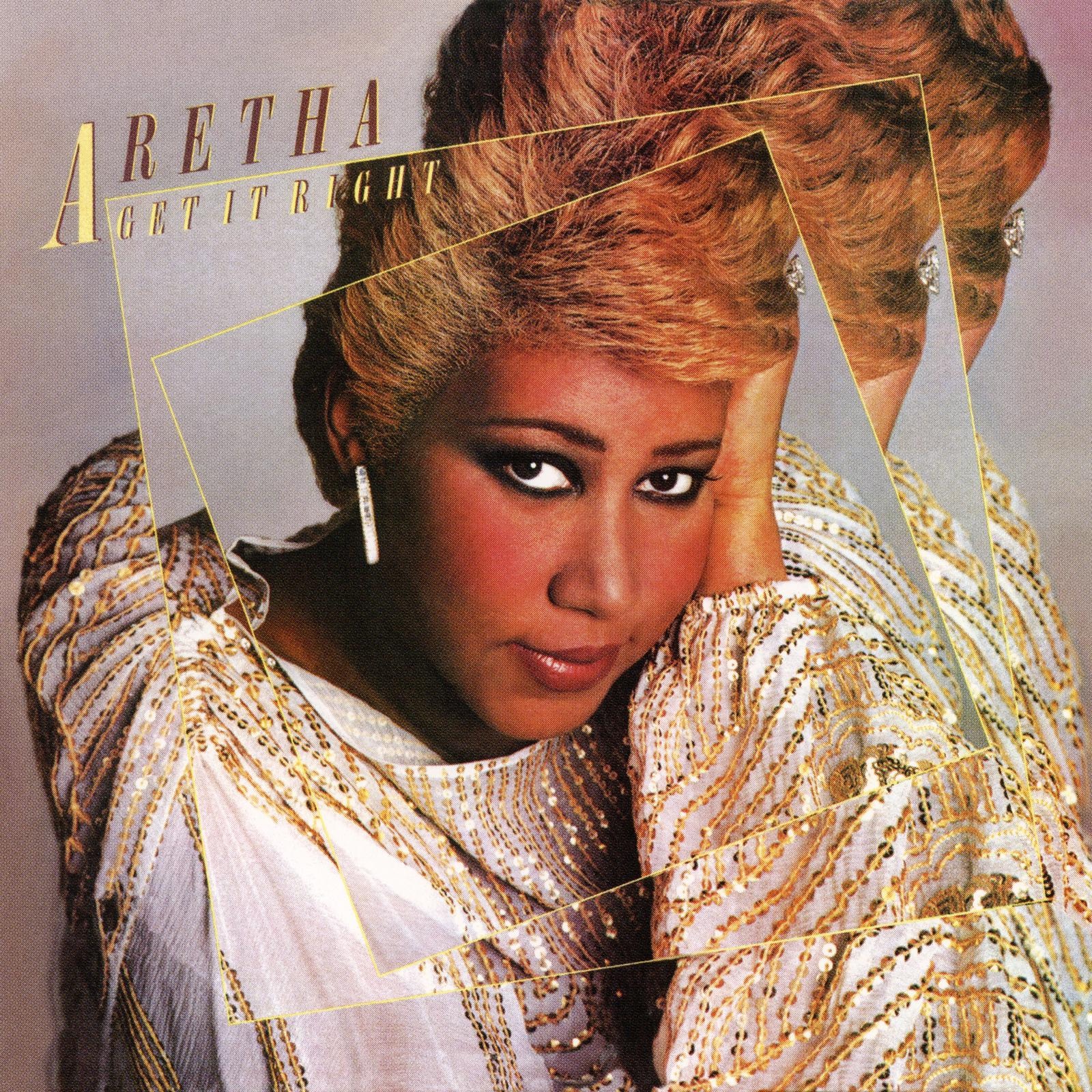Patti LaBelle inspired me to create the term “Divabetic” during a memorable Luther Vandross Tribute Concert in New York City back in 2003.
Watching her shine on stage, radiant and dressed to impress, she shared, “I have diabetes. Diabetes doesn’t have me.” Her courage and sparkle made me reflect, “You’re not just a diabetic; you’re a DIVA.”
That’s when the idea of “Divabetic” popped into my head. Once I got home, I noted the word ‘diabetic’ in black ink and then creatively added a ‘v’ in red. It suddenly clicked that the ‘v’ symbolized Vandross and the divine divas he loved, like Dionne Warwick, Aretha Franklin, Diana Ross, and of course, Patti LaBelle.
I realized that encouraging Luther’s fans to embrace a fresh perspective (“NEW ATTITUDE”) on living with diabetes—just like Patti did—could really transform health outcomes.
For the past twenty years, Patti LaBelle has shown the world that you can GLAM MORE, FEAR LESS, and live well with diabetes every day.
While I don’t remember Luther discussing his diabetes openly, I knew he had a huge support system for his music, but when it came to managing his health, he faced it on his own. Tragically, he suffered a stroke due to mismanaged type 2 diabetes at just 52. But you don’t have to follow that path or choose to walk it alone.
It’s essential to seek help, connect with a caring community, and share your journey. After all, living with diabetes can be fabulous! For over twenty years, I’ve been on this mission, all thanks to the inspiration from Patti LaBelle.
Through the Divabetic programs, podcasts, and videos, I’ve reached hundreds of thousands of men and women, spreading awareness and positivity. Let’s live life like a diva!
It is a privilege to be featured in the NAACP-nominated documentary Luther: Never Too Much and to share my story of discovering Luther after he suffered a stroke related to mismanaged diabetes, hoping to help others avoid a health crisis.
My hope is that by sharing our experiences, we can encourage others to take preventative steps for their health. If you live alone, please make sure you have a solid support system in place for any emergencies.
Remember, if you notice any signs of a stroke, don’t hesitate to seek help right away – taking quick action can really make a difference in your recovery. Let’s look out for each other!





